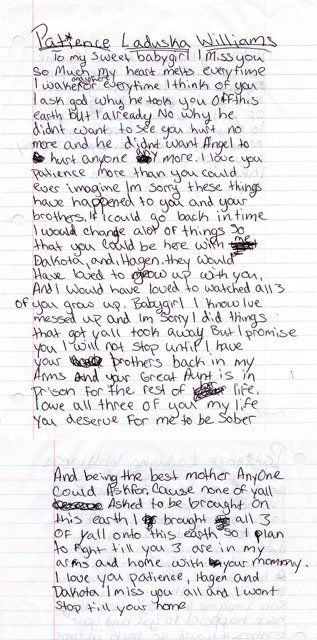In John Oliver’s latest segment on opioids during Last Week Tonight, he pulled up one of the key statistics pharmaceutical salespeople used to market prescription opioids to doctors in the 1990s: Less than 1 percent of patients taking opioids become addicted to painkillers.
That figure is completely inaccurate, of course, and as Oliver points out, it has a disturbing origin story.
“I know it may seem like they are pulling that number out of their ass, but they actually pulled it out of the letters to the editor section of the New England Journal of Medicine,” Oliver said.
“Seriously. This is it. That paragraph is the whole thing. It wasn’t peer reviewed, and it was only about short-term use of opioids in hospitals, but it became the main source for that 1 percent claim. And letters pages are not a solid source for information.”
Oliver’s assessment is spot on. Letters to the editor are generally considered to be an open discussion forum and aren’t typically peer reviewed. Take a look at the 1980 NEJM letter in full:
ADDICTION RARE IN PATIENTS TREATED WITH NARCOTICS
To the Editor: Recently, we examined our current files to determine the incidence of narcotic addiction in 39,946 hospitalized medical patients’ who were monitored consecutively. Although there were 11,882 patients who received at least one narcotic preparation, there were only four cases of reasonably well documented addiction in patients who had a history of addiction. The addiction was considered major in only one instance. The drugs implicated were meperidine in two patients, Percodan in one, and hydromorphone in one. We conclude that despite widespread use of narcotic drugs in hospitals, the development of addiction is rare in medical patients with no history of addiction.
JANE PORTER
HERSHEL JICK, M.D.
Boston Collaborative Drug
Surveillance Program
Boston University Medical Center
Waltham, MA 02154
Doctors, policymakers and journalists have all completely misused this letter
Dr. Hershel Jick and Jane Porter’s letter to the editor was based on data from hospitalized patients at Boston University Medical Center who were given opioids in a controlled setting, for acute pain over a short period of time.
None of that analysis was included in the one-paragraph letter, but that didn’t stop the media from treating the 101-word note as though it were established science.
As Sam Quinones wrote in his book Dreamland: The True Tale of America’s Opioid Epidemic, news sources and health organizations rushed to justify doctors’ opioid prescriptions using Jick and Porter’s letter.
“In a 1989 monograph for the National Institutes of Health, physicians from Harvard and Johns Hopkins urged readers to ‘consider the work’ of Porter and Jick, which showed ‘clearly’ that fear of addiction in those with no past drug abuse didn’t justify avoiding opiates,” Quinones writes.
In 2001, Time magazine called the letter a “landmark study” that showed the “exaggerated fear that patients would become addicted” to opiates was “basically unwarranted.”
Years later, Jick himself pointed to the gap between what he wrote and how it was interpreted. “If you read it carefully, it does not speak to the level of addiction in outpatients who take these drugs for chronic pain,” he told Quinones.
Opioid misuse primed the country for a heroin epidemic
Gross overstatements of Jick’s letter, in concert with other factors, had dire consequences for patients. Pharmaceutical salespeople used the 1 percent addiction rate to aggressively market opioids to doctors as safe and non-addictive. Doctors, who were under pressure to compassionately address patient pain, wrote more painkiller prescriptions.
And patients got addicted. By 2003, 20 percent of 20- to 25-year-olds were abusing prescription painkillers, far more than than 7 percent of 20-somethings misusing those drugs in 1992, according to The New York Times.
In 2014, there were more than 14,000 prescription opioid overdose deaths, according to the U.S. Centers for Disease Control and Prevention. Another 2 million Americans either abused or were dependent on the prescription opioids.
Frustratingly, the story doesn’t end with prescription opioids. Seventy-five percent of heroin users started with a prescription opioid. And according to the CDC, people who are dependent on opioids are 40 times more likely to abuse heroin. It’s pretty simple math: Pills are expensive. Heroin is cheap. Withdrawal is brutal.
Opioid addiction’s prevalence isn’t lost on Oliver. “This is happening everywhere,” he said. “The odds are, right now, you probably know someone who is struggling or who has died from an opioid addiction.”
CORRECTION: A previous version of this article incorrectly swapped Dr. Hershel Jick’s first and last names.
